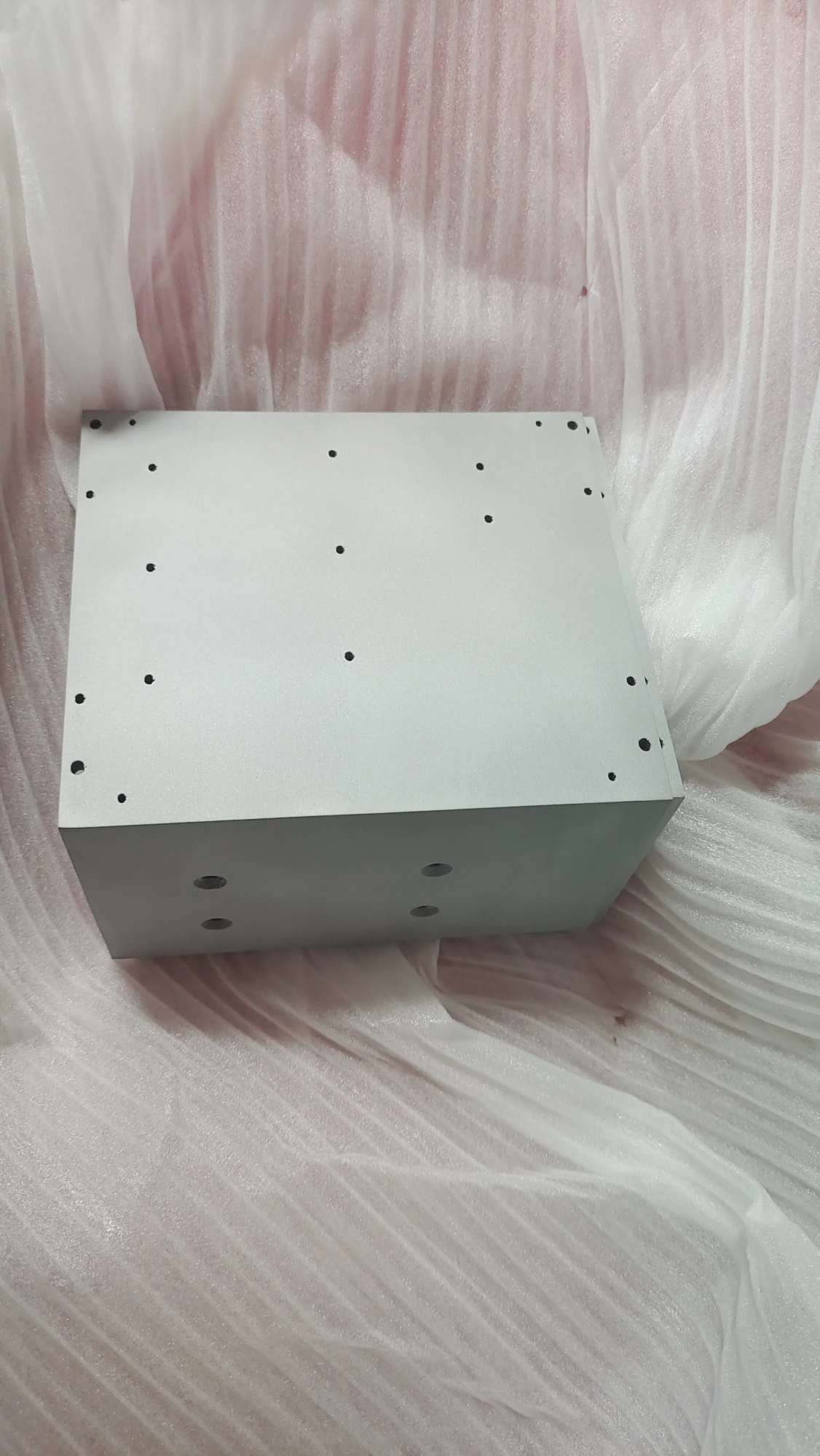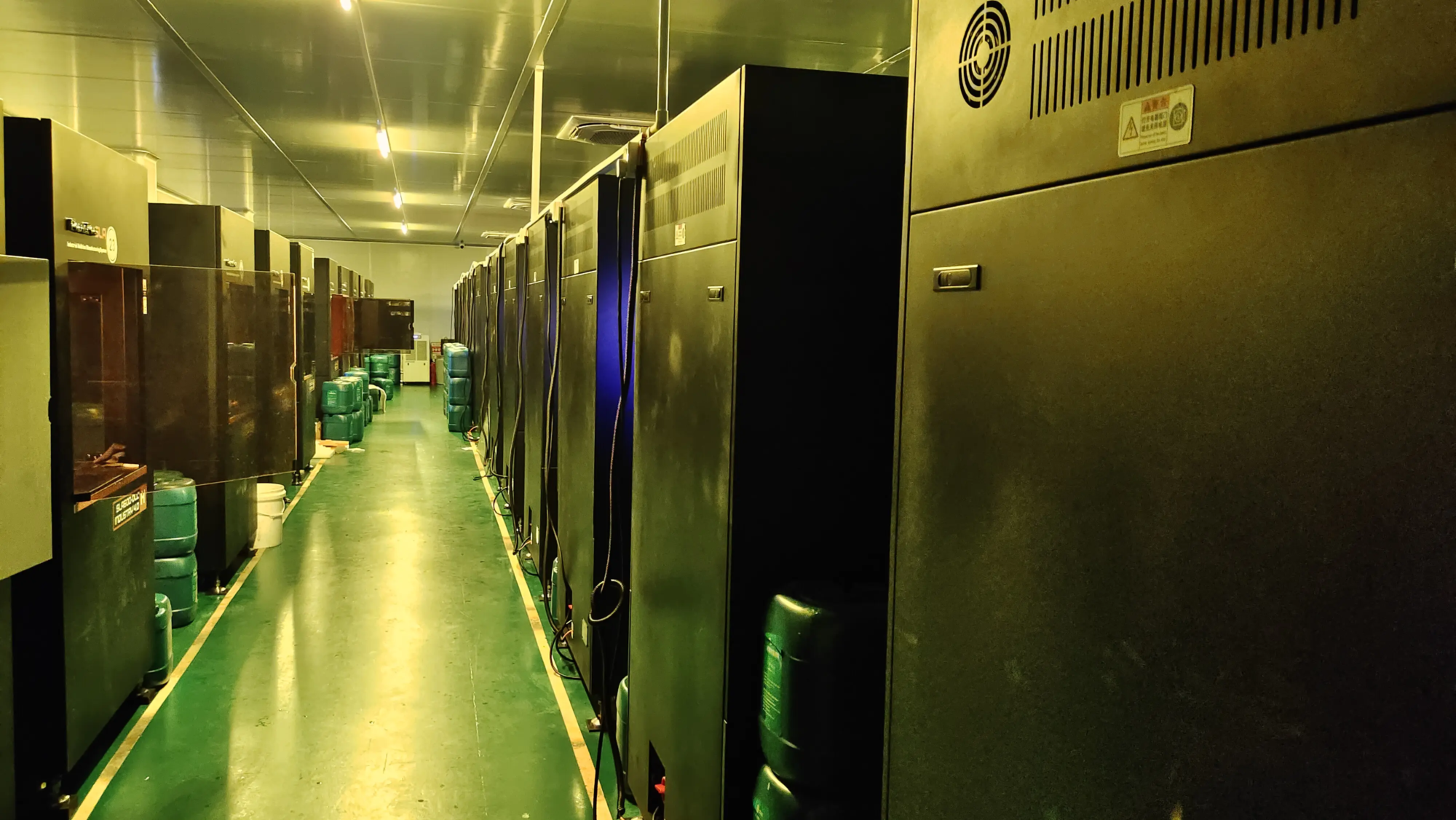Breathing Innovation: How 3D-printed gas masks shape a safe future
The inconspicuous gas mask is an important defense method for dangerous air pollutants and has gradually developed over the decades. However, a transformative transformation is underway driven by the accuracy and flexibility of additive manufacturing. The 3D-printed gas mask is not a science fiction novel, but a tangible solution designed to revolutionize personal protection equipment (PPE) to provide unprecedented levels of safety, comfort and customization. This evolution is more than just a new method of manufacturing. It represents our paradigm shift to conceptualization and production of life-saving equipment that are medically fragile.
Change Engine: Advanced Manufacturing Technology
At the heart of this revolution is complex 3D printing technology. Selective laser melting (SLM) is a form of metal powder bed fusion that is able to create complex high-strength metal components that are critical to mask frames, valves and connectors. SLM uses a high-power laser to build parts through a layer to fuse fine metal powders (such as titanium, aluminum alloy or specialty steel), resulting in components with excellent accuracy, complex internal geometry and strength-heavy ratios often exceed traditional manufacturing.
For non-metallic parts, such as mask bodies or seals, technologies such as multi-jet fusion (MJF) or stereolithography (SLA) are starting to work. These allow the creation of complex, elastic and comfortable polymer components with different persistent instrument and material properties. The fusion of these technologies can produce complete functional refueling cover assemblies with integrated functions that were previously unfabricable.
Unlock unprecedented advantages
Overburn for optimal protection and comfort: The traditional mass production of masks struggles with a large diversity of human facial structures. 3D printing enables custom masks. With 3D face scanning, masks can be tailored to the individual’s precise profile, eliminating pressure points, ensuring perfect, leak-free seals (critical for protection) and greatly improving the comfort of extended wear. This is revolutionary for individuals who require a high level of standard size protection, such as certain medical patients or professional operators.
No compromise complexity: Additive manufacturing excels in producing complex internal channels, custom filter housings, lightweight lattice structures for impact absorption, and integrated communication or induction functions – designs that are not possible or are too expensive to inject molding or machining. This internal complexity allows optimization of airflow dynamics and integration of intelligent technologies directly into the mask structure.
Accelerate innovation and rapid prototypes: As we all know, the iterative design process of security equipment is very slow. 3D printing reduces development cycles. Engineers can quickly prototype new concepts, test filter configurations, ergonomic improvements or new materials, and include feedback and generate functional prototypes in days or hours instead of months. This agility is critical to dealing with emerging threats (e.g., new chemicals) or specific operational needs. The most cutting-edge company Greatleverage advanced SLM technology and comprehensive postprocessing expertise to effectively solve complex rapid prototyping challenges. Their ability to quickly produce durable, precise metal and multi-matter prototypes is critical to developing and validating next-generation air hood components.
Lightweight and performance: The strategic use of lattice structure and topological optimization driven by advanced simulations makes 3D printed face masks significantly lighter but structurally robust. Reducing weight is critical, and directly hitting user fatigue during expansion operations. The optimized design also minimizes dead space inside the mask, thereby improving ventilation and reducing carbon dioxide accumulation.
- On-demand production and supply chain flexibility: Digital inventory replaces physical inventory. Masks or critical replacement parts can be printed locally and on demand, reducing reliance on complex global supply chains. This is crucial for disaster response, remote operation or keeping traditional logistics failures ready.
Navigation Challenge: Security First
The potential is huge, but major obstacles must be removed for widespread adoption in critical life applications:
- Material Certification and Performance: The polymers and metals used must meet stringent standards for fire resistance, chemical compatibility with filters/sealers, durability against de-resistant drugs, and long-term stability under pressure. Certification of these materials in demanding PPE environments is a complex, ongoing process.
- Structural integrity and seal verification: Printed parts, especially complex thin-walled structures, must exhibit consistent, predictable strength and fatigue in reality. Verifying the sealing of custom masks of various facial geometries requires advanced testing protocols.
- Filter integration: The mask body is just a component. It is crucial to ensure seamless, reliable integration of high-efficiency particle (HEPA) or chemical/biological (CBRN) filters that comply with global standards (NIOSH, CEN, etc.).
- Post-processing expertise: Achieving the necessary surface finishes, sealing properties, chemical resistance and dimensional accuracy often depends on highly specialized post-processing techniques – cleaning, heat treatment, surface smoothing (vapor polishing, shooting) and coating applications. This requires a lot of expertise.
The future of breathable and safe: Integrating intelligence
Looking to the future, 3D printing paves the way for truly intelligent gas masks:
- Embedded sensor: Integrated sensors can continuously monitor air quality (internal/external), filter saturation, vital signs (heart rate, breathing), or environmental hazards, providing real-time data to the wearer or command center.
- Enhanced communication: Using built-in microphones and speakers in the acoustic chamber optimized during printing can greatly improve communication clarity in noisy environments.
- Advanced filtering: The potential of printing, structured filter media or customizable filter cartridges tailored to specific known threats.
- Distributed manufacturing: The ability to securely share digital design files worldwide to authorize entities to produce certified masks locally in case of emergencies.
in conclusion
3D printing fundamentally reshapes the landscape of breath protection. The transition to custom, complex, rapid prototype and potentially intelligent air hood toward custom, complex, rapid prototype means that its transformation goes beyond a comprehensive solution to personalized security systems optimized for performance and human factors. Although challenges surrounding material certification and long-term reliability remain a positive area for development, innovation is fast. The convergence of advanced additive technologies (professional applications by precision manufacturers) and the convergence of user-centric designs promises to be effective in safety devices not only but optimally adapted to the future of individuals and the evolving threats they face. Gas masks become smarter, lighter and tailor-made, offering a new paradigm of breathable safety.
FAQ: 3D printed gas mask
1. Can 3D printed gas masks be safely suitable for dangerous environments in the real world?
- answer: Currently, R&D is intense, but widespread certification in high-risk CBRN (Chemical, Biology, Radiology, Nuclear) programs is still emerging. The prototype demonstrates a huge commitment to pass rigorous laboratory testing. Safety depends on strict material certification, structural verification and filter integration to meet determined standards (NIOSH, CEN, etc.). They are not DIY solutions for actual hazards. Only professionally manufactured and certified equipment is used in hazardous situations.
2. How much lighter can a 3D printed mask be compared to traditional masks?
- answer: Weight loss can be large, maybe 20-40% or more. This is through topological optimization (removing unnecessary materials), a complex lattice structure combining maintenance strength and buffering, using advanced lightweight metals (such as titanium alloys) only when needed. Reducing fatigue greatly improves operating endurance.
3. Is 3D printed masks really suitable? Perfect?
- answer: Yes, this is one of the main advantages. Face masks can be designed using precise 3D facial scanning technology Exactly Has unique facial features. Compared to standard sizes, this eliminates the gap, prevents leakage (maximizes protection), and distributes pressure evenly, resulting in a significant improvement in long-term comfort and wearability. This is especially beneficial for those who fight with ready-made ones.
4. How fast is it "Rapidly" A prototype like a gas mask?
- Answer: Although it is complicated, the iterative design cycle is faster. Using an industrial printer (SLM, MJF, SLA), it can take hours or days to produce a functional prototype assembly or a functional assembly for testing compared to the weeks or months required to be made in traditional tools such as injection molds. Companies like Greatlight specialize in the rapid turnover of complex prototypes. The entire design test cycle can be significantly compressed.
5. What main materials are used that are durable enough?
- answer:
- Metal components (frame, valve, connector): Titanium alloy (lightweight, strong, biocompatible), aluminum alloy, stainless steel (various corrosion resistance grades). SLM printing produces dense, durable parts that are usually nearby or forged substances.
- Non-metallic components (body, seal): Advanced engineering polymers such as TPU (flexible seal), PA11/PA12 (nylon – rigid/flexible parts), PEKK (high temperature, chemical resistance) are common. MJF and SLA provide high resolution and material properties suitable for PPE. Very good durability, comparable to molded parts, but requires specific certification for each material/safety application. Post-treatment (such as sealing coatings) is often crucial.
6. What role does Greatlight play in this progress?
- answer: Advanced manufacturing partners are key enablers. They have Industrial grade SLM/SLS/SLA equipmentdeep material expertise, Precise processing Functional (for hybrid manufacturing) and essential Post-processing completion service (Heat treatment, surface smoothing, coating) Transforms complex air hood designs into functional high-quality prototypes and potential end-use parts. Their ability to handle complex geometry and custom materials has rapidly accelerated the innovation cycle for safety device developers.




